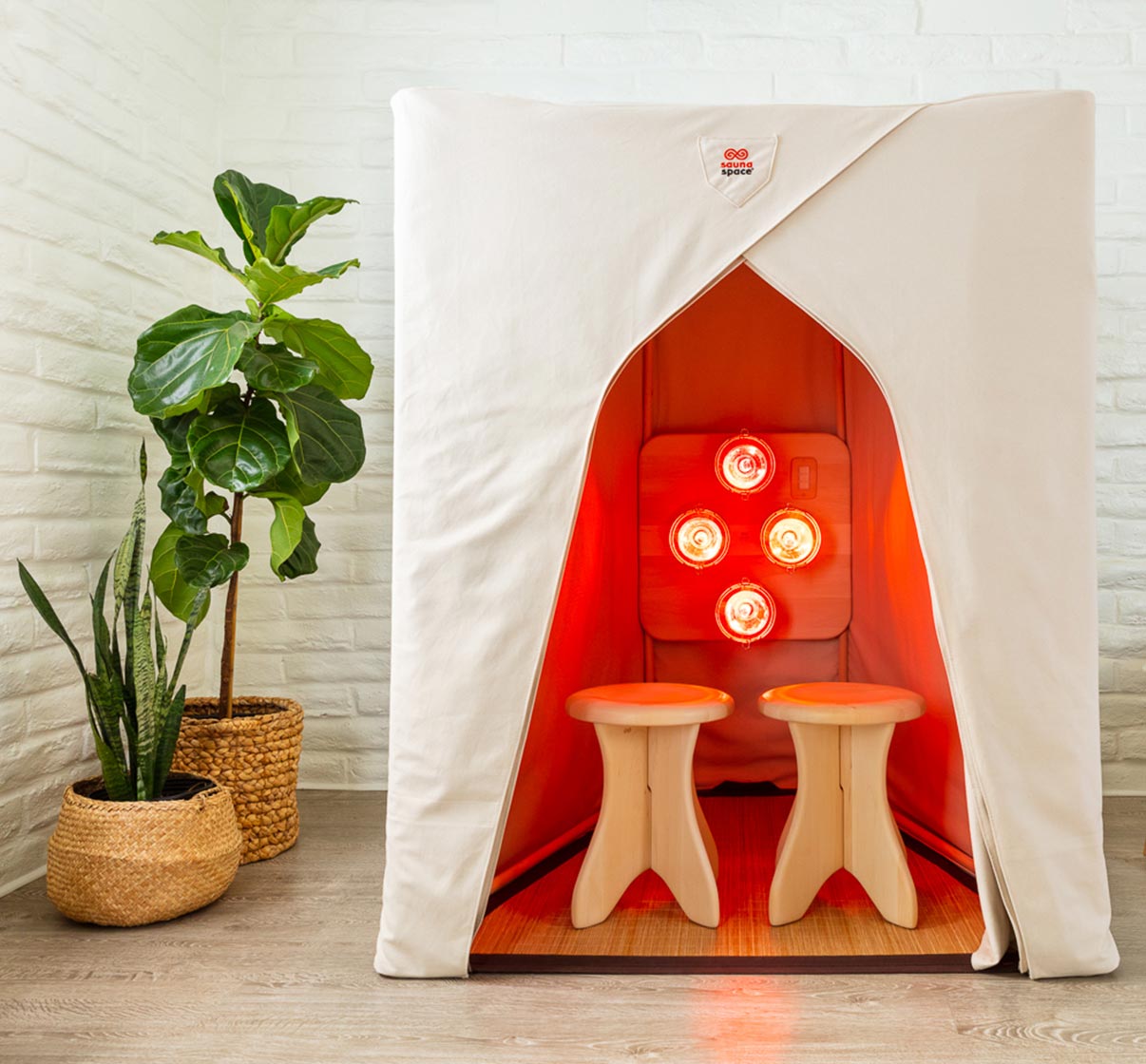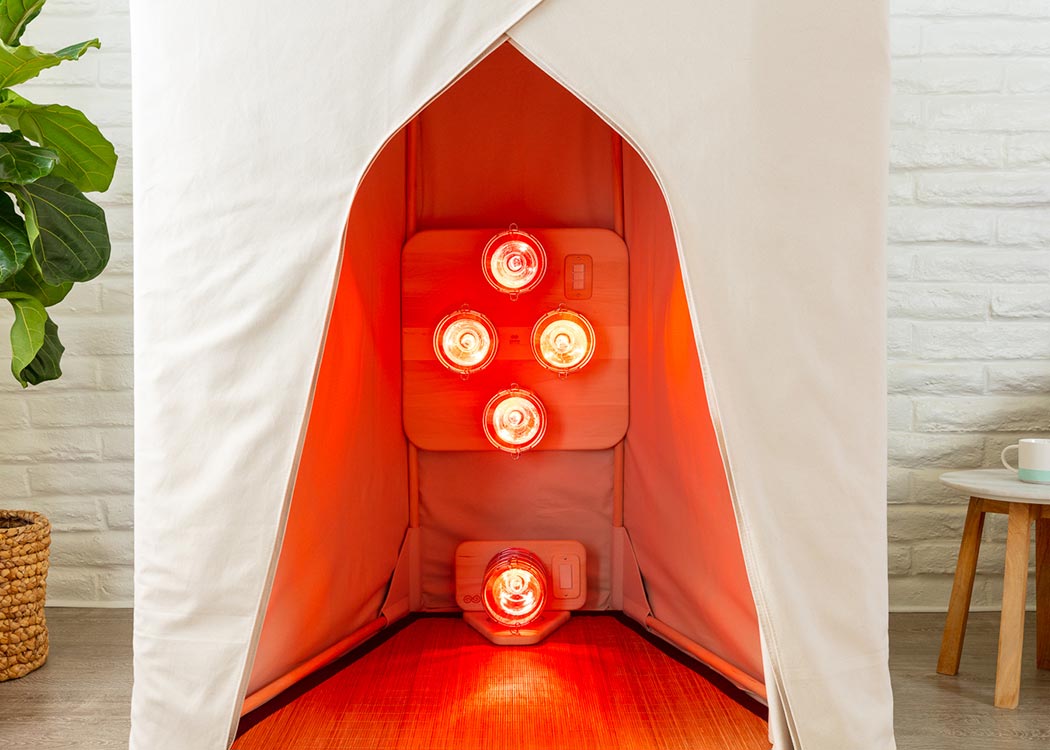Sauna Shopping Guide
We want you to find the perfect sauna—even if it’s not from SaunaSpace. Here’s what you should consider before you buy.

What should I look for in a Sauna?
Not all saunas are created equal, and not all of them are right for your specific needs. Sorting through your options can be difficult, so keep these ideas in mind to help focus your search.
Types of Saunas
| Sauna Type | Traditional/Finnish Sauna | Far Infrared Sauna | Full-Spectrum Infrared Sauna |
|---|---|---|---|
| Light Therapy | None | Varies by model. Requires added LED panels. | Built in |
| Footprint | Typically Larger | Small to large | Small to large |
| Portability | Permanent structures | Permanent and portable options | Permanent and portable options |
| Session Length | Longer | Longer | Shorter |
| Operating Costs | High | Medium | Low |
| Heating Component | Electric heater or wood burning stove with hot stones | Ceramic FIR emitter or carbon-panel FIR emitter | Incandescent light panel |
| Heating Mechanism | Heats the air to high temperatures | Heats only the surface layers of the body | Heats the body directly and deeply |
| Air Temperature | 176 to 194 °F (80 to 90 °C) | 110 to 130 °F (43 to 54 °C) | 110 to 130 °F (43 to 54 °C) |
| Humidity | Dry or humid | Dry | Dry |
| Warm-up Time | Longer | Shorter | Shorter |

Why Choose SaunaSpace?
Our saunas combine science, nature, and simple luxury in a compact design that can go almost anywhere. You’ll love getting all the benefits of heat and light therapy in less time with our sun-centric spectrum. Discover what makes our products one of a kind.

Technology Meets Nature
We’ve spent years perfecting our spectrum for an infrared sauna that’s unlike anything you’ve tried before..
Learn How It WorksDiscover the Benefits of Full-Spectrum Infrared Therapy
See All BenefitsWhat Are EMFs, and Why Should You Care?
Electromagnetic fields (EMFs) are an invisible part of our environment that impact our experience of calm and relief. Find out how they work, and how our products help you block them out while you sauna.

